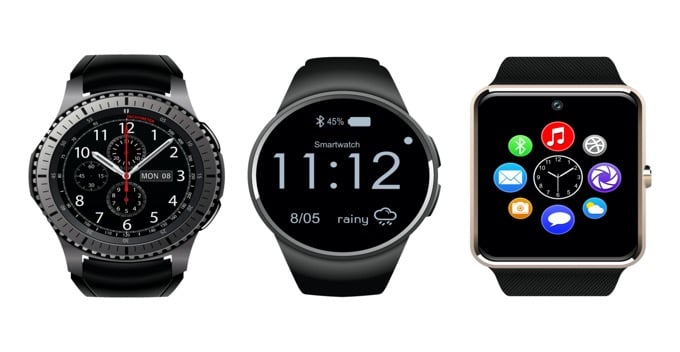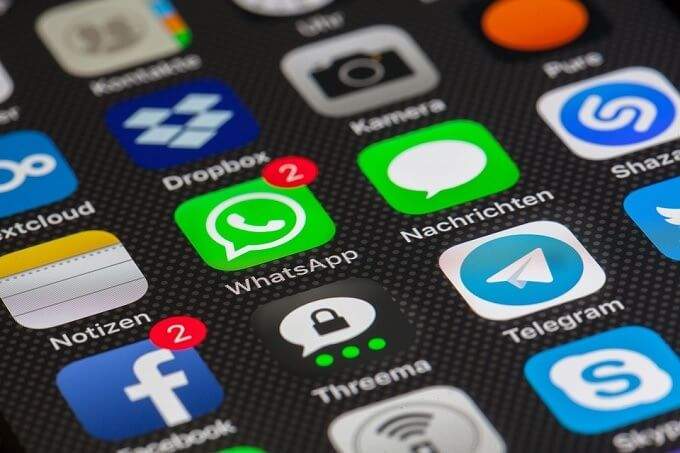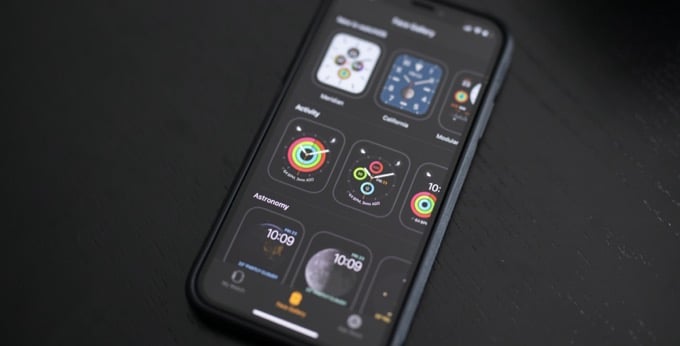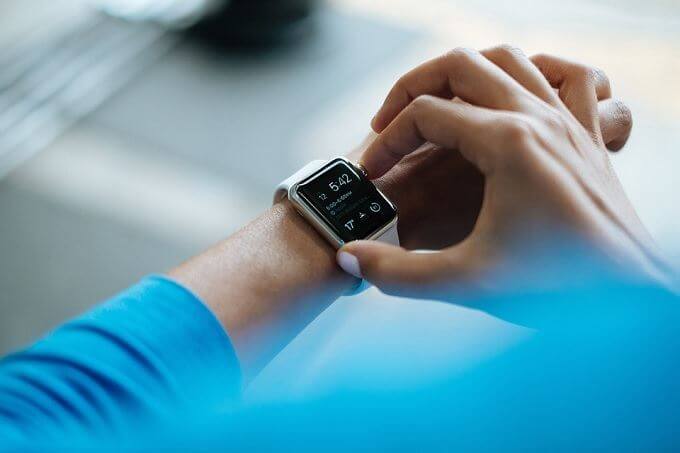We ponder this deep question for you
A smartwatch might seem like a solution in search of a problem, but it’s easy to forget that people had similar attitudes towards iPads, smartphones and just about any new device that quickly becomes indispensable. So is a smartwatch worth it?
For most of their history the answer has been “no” for most users, but the latest generation of smartwatches have changed that. Let’s explore whether modern smartwatches have done enough to justify their price.

Are Smartwatches Mature Enough?
Early smartwatches were full of compromises. Third-party app support has also been lacklustre, thanks to weak hardware and a small install base. One of the biggest problems was the lack of always-on displays. Older chip design and LCD technology was simply too power hungry for the watch to always show something on-screen. Which made smartwatches pretty bad at being actual watches!
Modern watches from companies like Apple and Samsung have largely solved these issues. New models use OLED technology and can slow down the screen refresh rate to single-digit hertz numbers. So you can both have an always-on watch face and a day or two of battery power. There’s also plenty of support from third-party app developers now. So we have no reservations about smartwatches
As a Health and Medical Device
One of the most compelling reasons a smartwatch is worth it is to help improve and maintain your health. Many smartwatches are marketed as advanced fitness trackers rather than smartwatches. This is probably one of the most important and practical reasons to buy one. Apple and Samsung, arguably the biggest smartwatch makers, have both developed excellent health software to go with their watches.
Smartwatches effectively help combat common modern issues such as being sedentary for too long or not watching what we eat. They offer a convenient and intuitive way to keep track of your food intake and how active you’re being.

Thanks to better sensors and more intelligent algorithms, smartwatches now have much more accurate estimations of step count and calorie burn.
There’s even more on the horizon. For example, the Galaxy Active 2 has an ECG (electrocardiogram) sensor built into it. Samsung is simply waiting on regulatory approval to activate it. This function along with smart fall sensors, could actually end up saving the life of frail or chronically ill users.
It could also serve as an early warning system for irregular heart beats, which can potentially lead to more serious health problems. In short, as of today and certainly in the future, smartwatches are valuable health devices and are worth it from that viewpoint alone.
Checking Messages and Taking Calls Is Much Easier
While it might sound like a minor thing, pulling your phone out of your pocket every time there’s a notification ding can be both tiring and time consuming. Most new smartwatches integrate notifications and messaging apps, syncing them with your phone.
This means you can quickly check incoming messages at the flick of your wrist, and decide whether fishing your phone out is worth the effort. You can also make basic text message replies, or leave voice notes in apps like WhatsApp or EverNote.

We’ve also found that answering calls on the watch itself is often the fastest and most convenient way to do it. Since the watch is always on your wrist, it’s inevitably the easiest place to pick up calls. Plus, as a bonus, you feel like Dick Tracy talking into your wrist!
Most smartwatches are also bluetooth compatible, so they let you take calls using a bluetooth headset.
Controlling Other Devices With a Smartwatch
As smartwatches have matured, it’s become evident that one of the best uses for a device you’re always wearing on your wrist is the remote control of other technology.
For example, you can download an app that acts as a universal TV remote for smart TVs. If you’re a Spotify subscriber, you can use the smartwatch Spotify application to control a Spotify app on another device. How about using your smartwatch as a remote trigger for your phone camera? These are all possibilities and developers are thinking up more every day.

Using a service such as IFTTT or Zapier, many smartwatch devices can be linked to other services with custom recipes. So you can integrate your smartwatch into your smart home system. For example, if your smart security camera detects movement you can receive a notification on your watch.
Modular Watch Faces Are Genuinely Useful
Most smartwatches have displays that show some sort of virtual watch face. You can usually swap these out for others either made by the 1st-party company or third-party creators.Sometimes you can get them for free and at other times some watch faces will cost a little money.
Being able to change the watch face on your smartwatch is probably one of the most underrated features. It’s not just about looks either, though that’s also a big reason to like them. After all, you can change the look and color of your watch face to match your current outfit or mood!
From a more practical perspective however, switching to different watch faces based on the information you need can be a huge help.

For example, when flying a drone, a watch face with live weather data such as wind speed is helpful. If you’re running, you might want to see your heart rate front and center.
When travelling, perhaps you want to see certain time zones displayed at the same time. With a smartwatch you can simply use the watchface that has the most useful information for your current needs and change back to something more general for everyday use when you’re done.
Smartwatches are Worth It, But Still Have Problems
While we think smartwatches are now both worth the money and properly useful gadgets, there’s still a lot of room for improvement. Battery life is probably the biggest issue. We’ve used several watches over the years and some with limited features may last up to a week. Top-end models like the Galaxy Active 2 will give you one to two days at most.
There’s also still quite a bit of fragmentation when it comes to smartwatch operating systems. Android Wear, Apple’s watchOS and Samsung Tizen are but three of the biggest names. If there are too many different smartwatch operating systems, it makes it hard for developers to cover them all.
Smartwatches also need to become more independent. At present they are still pretty much a smartphone accessory. Though models that can independently connect to mobile internet do exist. For now, a smartwatch isn’t all that useful once it’s no longer connected to a phone.

However, better hardware in future watches might lead them to a point where they can be a primary smart device for use cases such as navigation.
So, to answer the question of whether a smartwatch is worth it, we can say that they are objectively worth the money given their maturity and functionality. Whether they’re worth it to you will of course depend on if you think those functions are important or useful.
Either way, you don’t have to be worried about early-adopter headaches. These nifty gadgets have moved out of that phase of their development.
Sydney Butler is a social scientist and technology fanatic who tries to understand how people and technology coexist. He has two decades of experience as a freelance computer technician and more than a decade as a technologies researcher and instructor. Sydney has been a professional technology writer for more than five years and covers topics such as VR, Gaming, Cyber security and Transhumanism. Read Sydney's Full Bio




